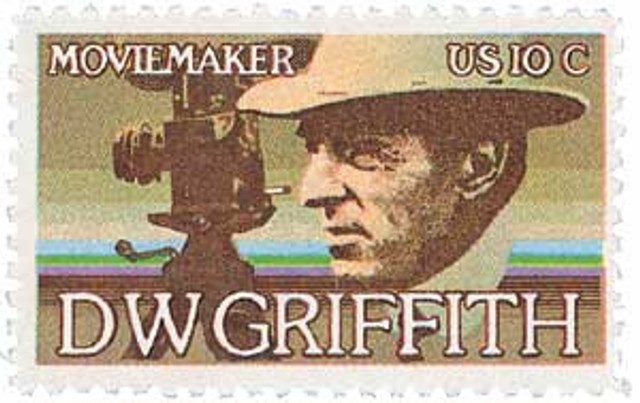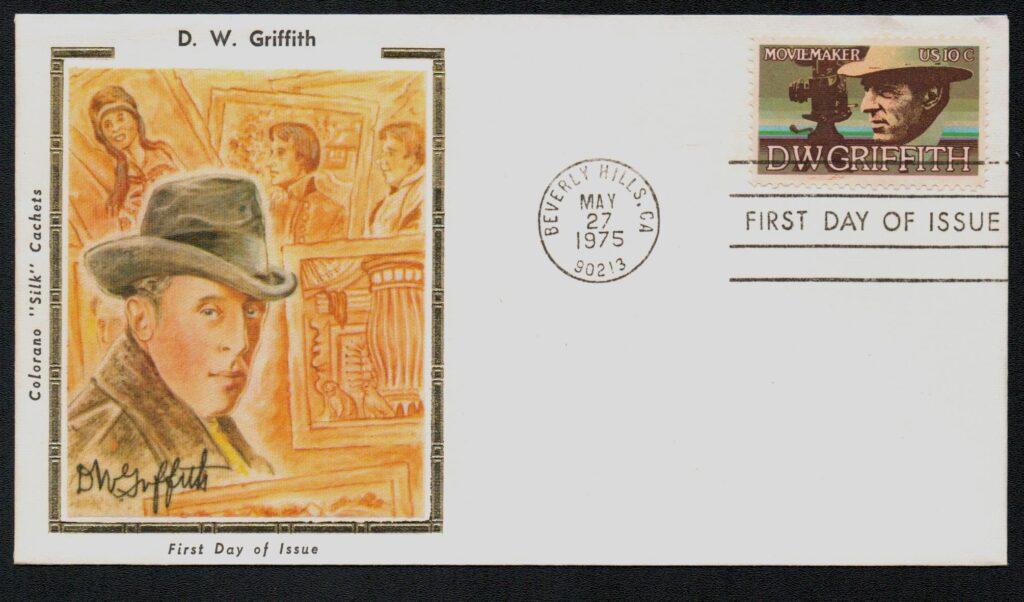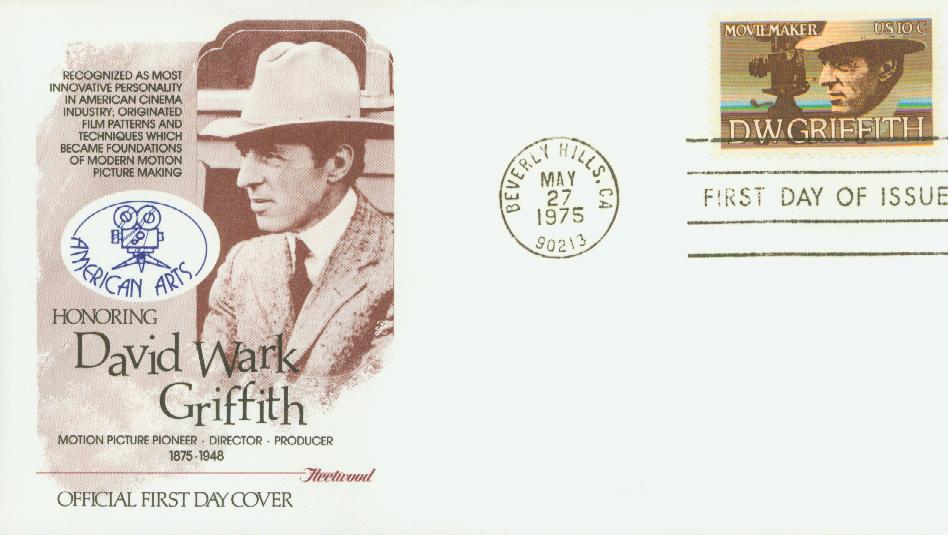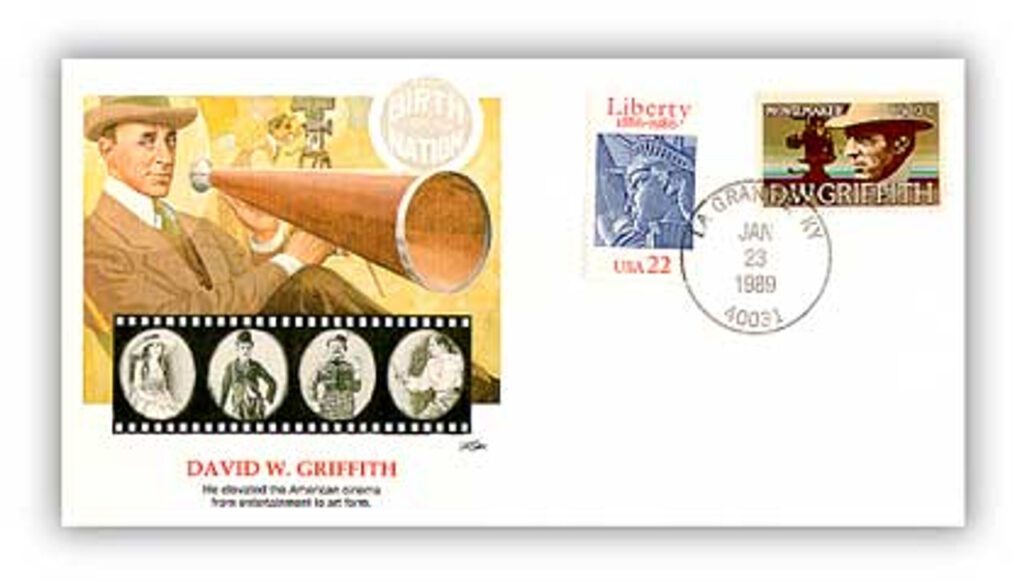Pioneering filmmaker David Wark Griffith was born on January 22, 1875, in Oldham County, Kentucky.
The son of a Confederate veteran that died when he was 10, Griffith grew up in poverty. He later dropped out of high school to work so he could help support his family. He then began acting in touring companies
Griffith then moved on to playwriting but didn’t have much success with that, so he became an actor. He worked as an extra in several films before he began experimenting with making short films. He soon found himself directing short films for the American Mutoscope and Biograph Company. The young director proved quite capable in the trade. In 1908 alone he directed more than 40 movie shorts for Biograph. (He directed over 400 for them in all.) But Griffith wanted to make longer moving pictures like they were doing in Europe. Biograph, however, thought lengthy films would hurt viewers’ eyes. The company limited Griffith to two-reels per film or, basically, 30 minutes.
Blatantly ignoring this restriction, Griffith went on to direct the first four-reel film made in the United States, Judith of Bethulia (1914). A year later, Griffith released his 1915 film Birth of a Nation. Based on the 1906 novel The Clansman, the pro-Confederate Civil War storyline was highly controversial. But in spite of protests and boycotts, the film broke all records. It was one of the very first “Blockbusters.” The full feature-length film had gained a solid footing in America.
It wasn’t just the new longer format that made Griffith’s films popular. The director had a whole new film style. Where many early movies were basically just filmed stage acts or plays, Griffith used the flexibility of the camera to intensify the emotion in each scene. He pioneered the use of close-ups, angle, and long shots, crosscut editing, and flashbacks. Multiple shorter takes and lots of editing replaced long takes with little editing. It was a completely new form of creative expression. And it took cinematic drama to the next level. This art form that Griffith introduced to film is still very visible in Hollywood today. In 1919, Griffith joined with stars Charlie Chaplin, Douglas Fairbanks Sr., and Mary Pickford, to create the United Artists Corporation.
Griffith died on July 23, 1948. Some consider Griffith to be the father of the feature-length film. Lillian Gish, a friend and regular actress in his films, even went so far as to call him the “father of film” in general. Several later filmmakers cited him as an influence and Orson Welles claimed that “No town, no industry, no profession, no art form owes so much to a single man.”
Click here to see what else happened on This Day in History.





Very interesting story, but I can’t give a 5 to such a story about a racist. He was one of the most important cogs in the film industry, but he was and still remains a racist.